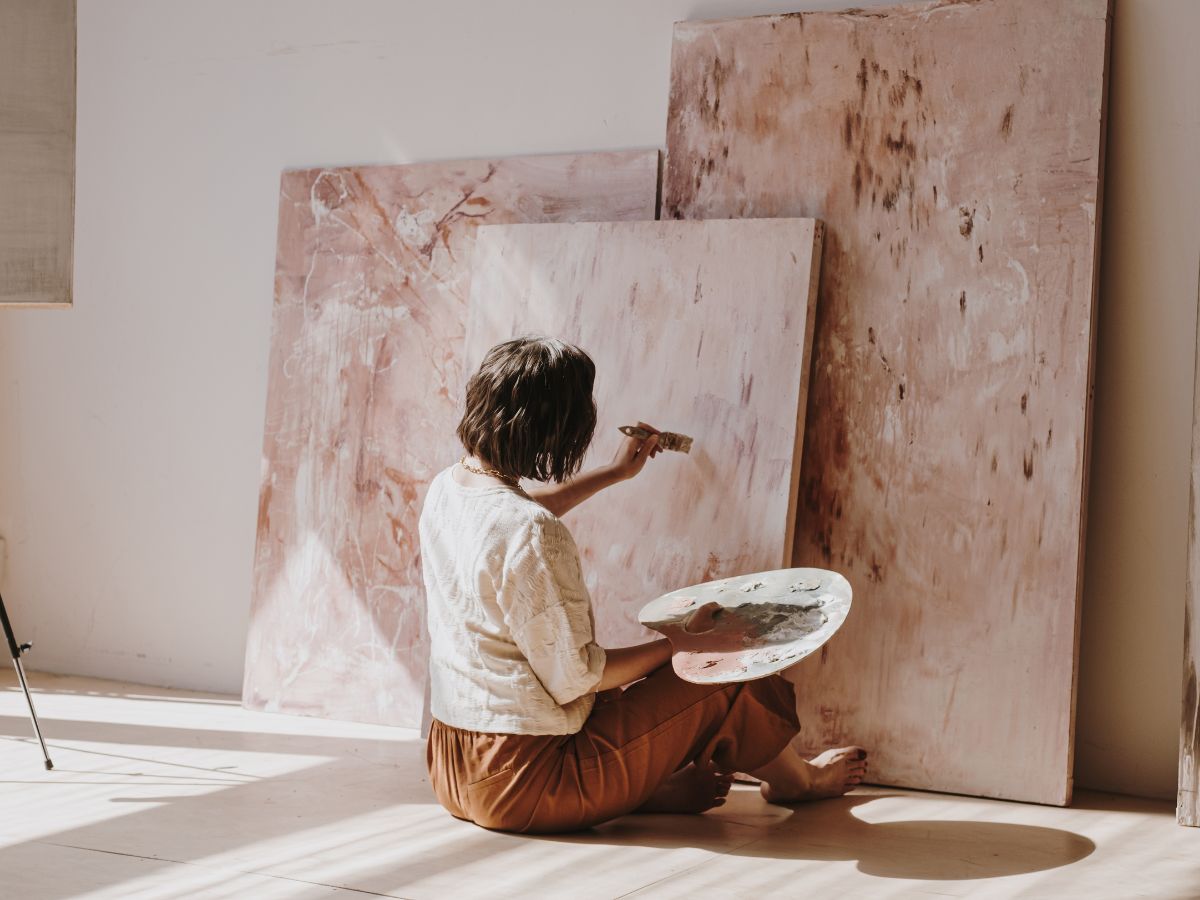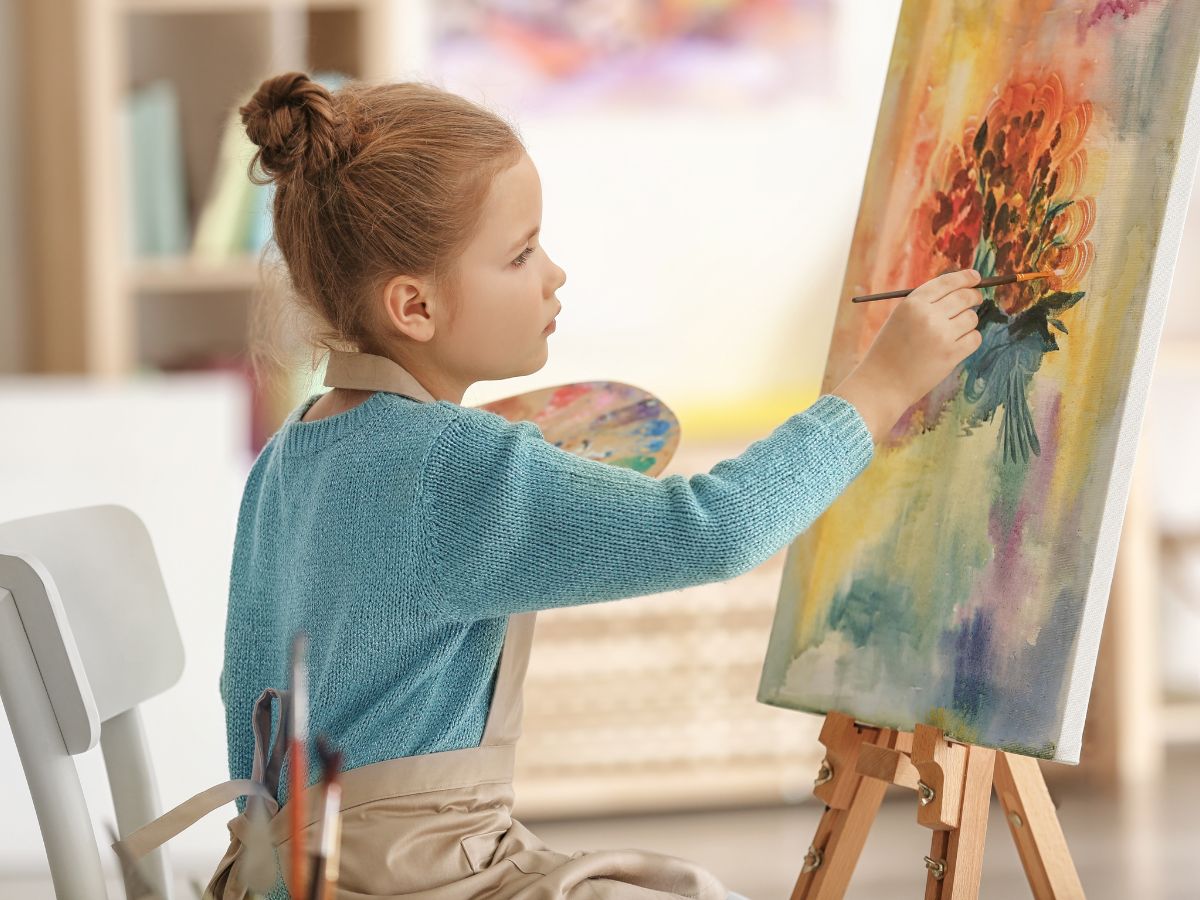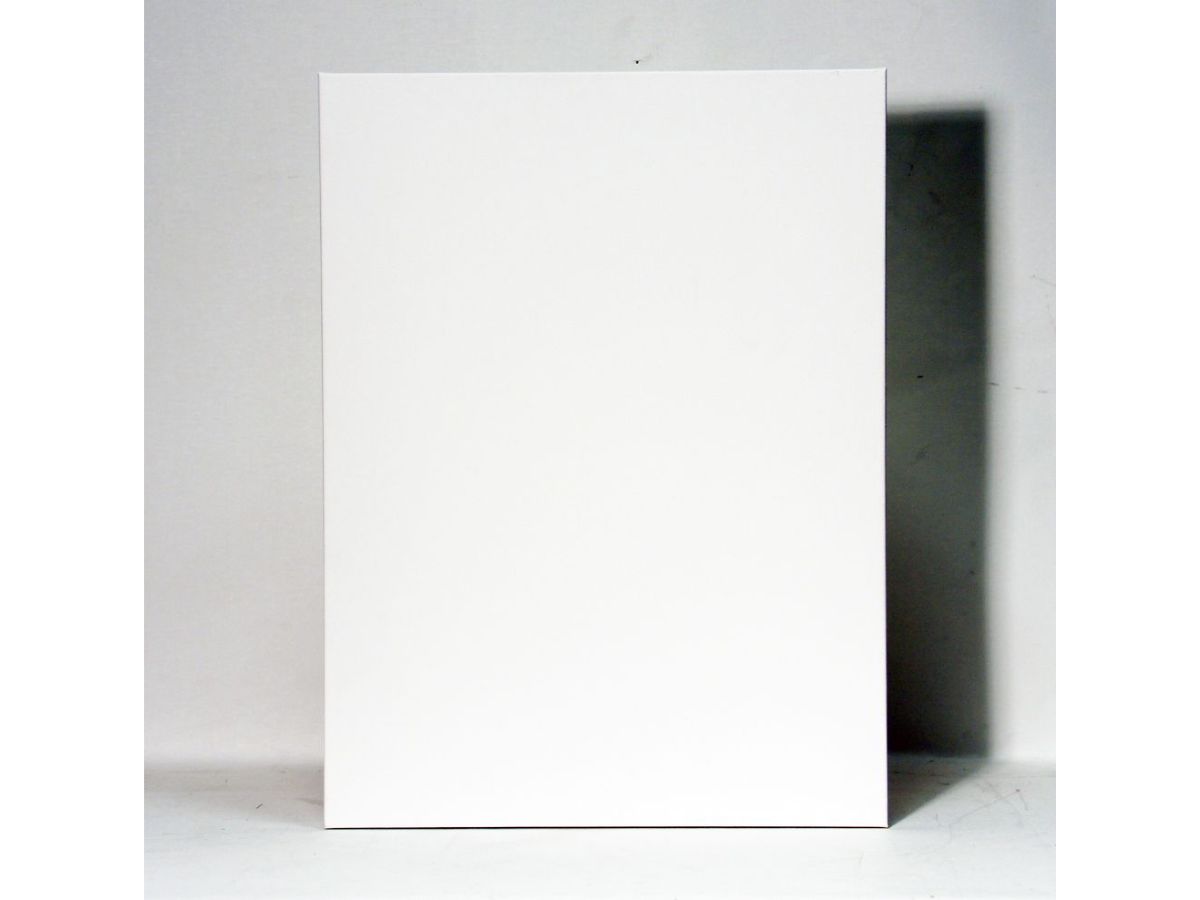
Competing with Mass-Produced Art: Practical Strategies for Independent Artists
Mass-produced art is everywhere—affordable, accessible, and often stylish. As an independent artist, it can feel like you’re competing with a machine. But here’s the truth: your unique voice, story, and craftsmanship are your strengths.








